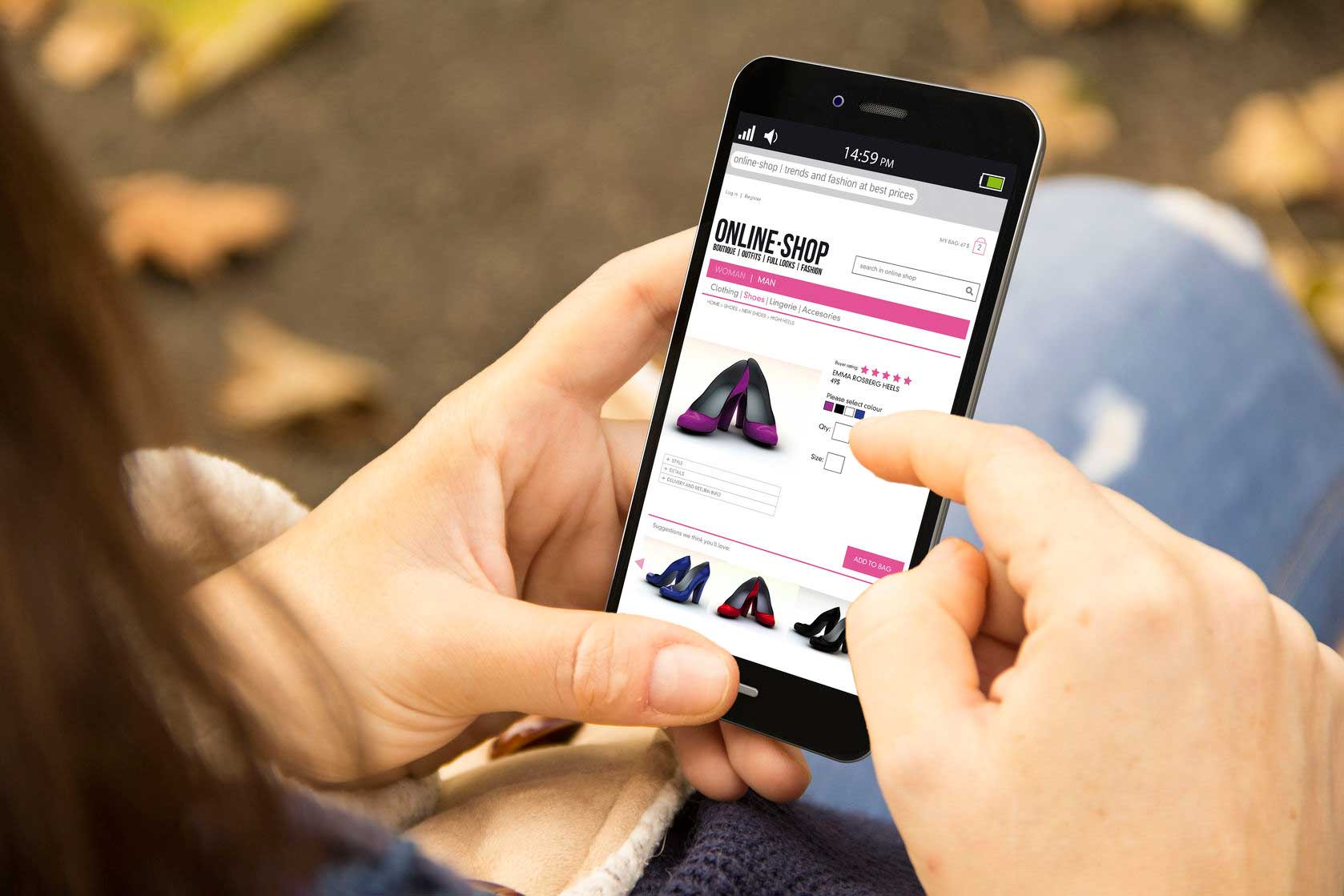Color Psychology and Design
Color psychology is the study of how colors can affect human behavior and emotions. In design, color psychology is used to create visual appeal and communicate specific messages and emotions to the audience. Here are some common ways color psychology is used in design:
- Branding: Colors are often used in branding to create a unique identity for a company or product. The colors chosen for a brand can communicate the brand’s personality, values, and intended audience.
- Emotional appeal: Different colors can evoke different emotions in people. For example, blue is often associated with calmness and trust, while red can evoke feelings of passion and excitement. By using colors strategically, designers can create a specific emotional response from the audience.
- Attention-grabbing: Bright, bold colors can help a design stand out and grab the audience’s attention. This can be useful for marketing materials or other designs that need to be eye-catching.
- Hierarchy: Color can be used to create a visual hierarchy in a design. For example, using a bold or bright color for the headline of a piece of content can make it stand out and draw the reader’s attention.
- Consistency: Consistent use of color throughout a design can create a cohesive and polished look. This can help to establish brand recognition and make the design more appealing to the audience.
Overall, color psychology is a powerful tool in design that can be used to create an emotional response, establish brand identity, and communicate messages to the audience. By using color strategically, designers can create more effective and impactful designs.



